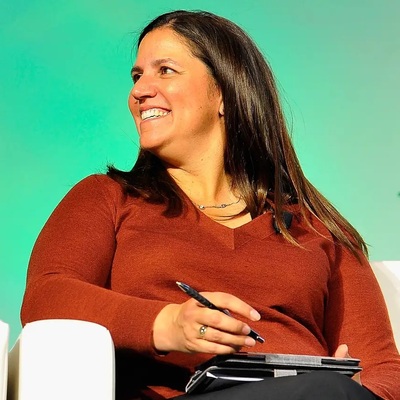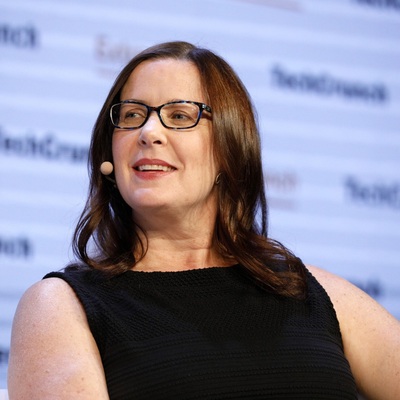The First Failure
Sarah Leary and her eventual co-founder Nirav Tolia met while they were working together at Shopping.com. Being ardent sports fans, they built Fanbase along with Nirav Tolia's former colleague Prakash Janakiraman. Fanbase was an online crowd-sourced almanac of professional and college athletes. It got great traction in the beginning, even reaching 15 million users a month. They had raised $5 million from Benchmark Capital to grow the site. However, it failed to take off beyond that, and they felt it would be hard to grow it further. Leary and Tolia even debated on giving the money back, since they didn't know what else they could pivot to. However, they decided to take a few months to come up with a billion-dollar idea. "We would have a meeting at 10 AM everyday and discuss a new idea, then take the next 24 hours to find out if it would work," says Leary.
The Spark
One day they realised that there was no effective and easy way to talk about issues in the community with fellow community members. Leary and Tolia came up with the idea of a 'local' social network built for the neighborhood, and hence Nextdoor was born. “We ‘friend’ more people than ever and ‘follow’ strangers we’ve never met, yet we don’t have a good way to communicate with the people who live right next door,” Nirav Tolia said at the time. “There are many ways our neighbors can help us, but these days people don’t know their neighbors, or how to contact them. Nextdoor was created to change that.”
The Build
In 2010, Sarah Leary and Nirav Tolia created a prototype for the app. To create a real sense of identity for the communities, they decided to use geographically-bounded neighborhoods as the core identity. This created a trusted environment for members to interact with people, whom they knew were actually verified neighbors of theirs. To allow users to invite other neighbors to join the service, they went beyond just email or SMS, by also including the option to send postcards in the mail, or distribute flyers. They built features to help neighbors support and help one another, creating touch-points for interactions online to lead to interactions in the real world. Initially, they did this by focusing on one neighborhood at a time, talking to the people, attending homeowner association meetings, and listening to their needs.
Scaling Slowly
Once they found the ways in which neighbors were finding value in these interactions, they were able to replicate at scale. For a year, Nextdoor stayed in private beta and kept adding more communities. In October 2011, Nextdoor launched nationally, and with rising popularity, they raised $18 million from multiple investors in July 2012.







 Entrepreneurship
Entrepreneurship